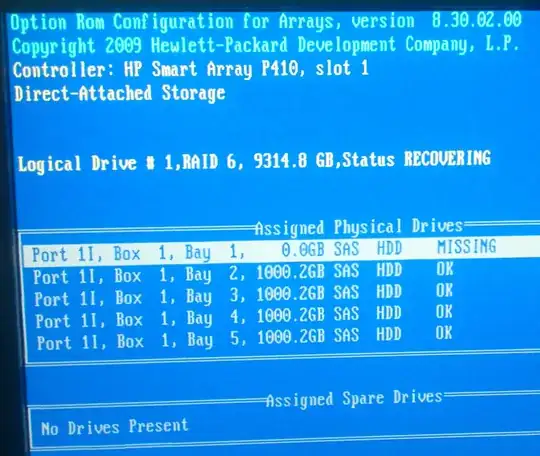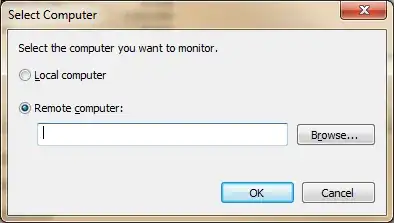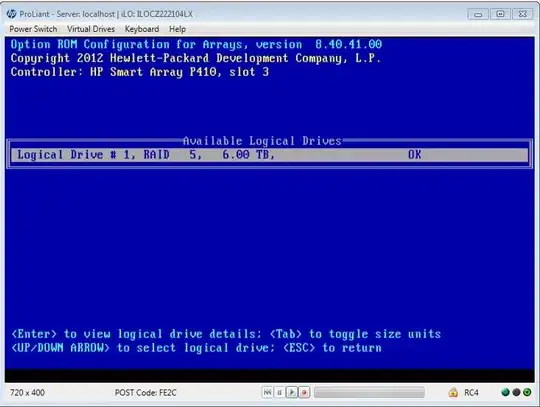I've been trying to search over ther internet for a solution to fix this. I'm the new IT person for my organization and our previous IT have not kept any records on certain things. I do understand, that its a bad practice but I'm now making all these on a documentation for any future reference.
Having said that; recenty I came across an issue on our server. We're using an HP Proliant DL180 Gen6 server with ESXi 5.0 ... The issue is; that I'm unable to power up certain VM's as it gave me I/O error. Below seen was the error;
Reason: 0 (Input/output error). Cannot open the disk '/vmfs/volumes/4e7a4edb-08851e40-0c1e-1cc1de700f23/EON-GATEWAY (192.168.0.1 )/EON-GATEWAY ( 192.168.0.1 )-000001.vmdk' or one of the snapshot disks it depends on.
So to speak, I powered down all the VM's and restarted the host to jump into BIOS for an observation on the RAID. I do not know what type of RAID that the server is on as it shows something like;
Error on SLOT1 : bay 11 -- (as I remember)
Is there a way for me to check what exactly the issue is.. Because, I can see that the effected hard disk still flashes green color LED. Out of 12 bay.. bay 1 shows an orange color LED & bay 4 shows nothing at all.
I'm pretty much confused how to get this sorted. If anyone can guide me what exactly I need to do to get this sorted or may be a hint on how to check the RAID / array info.??
Update
Below seen images are from smart array controller...



Here's a video link to the server HDD's. I'm still curious as now the bay 1 flashes blue & amber while others bays are in blue (on the smart array screen as seen above)..

